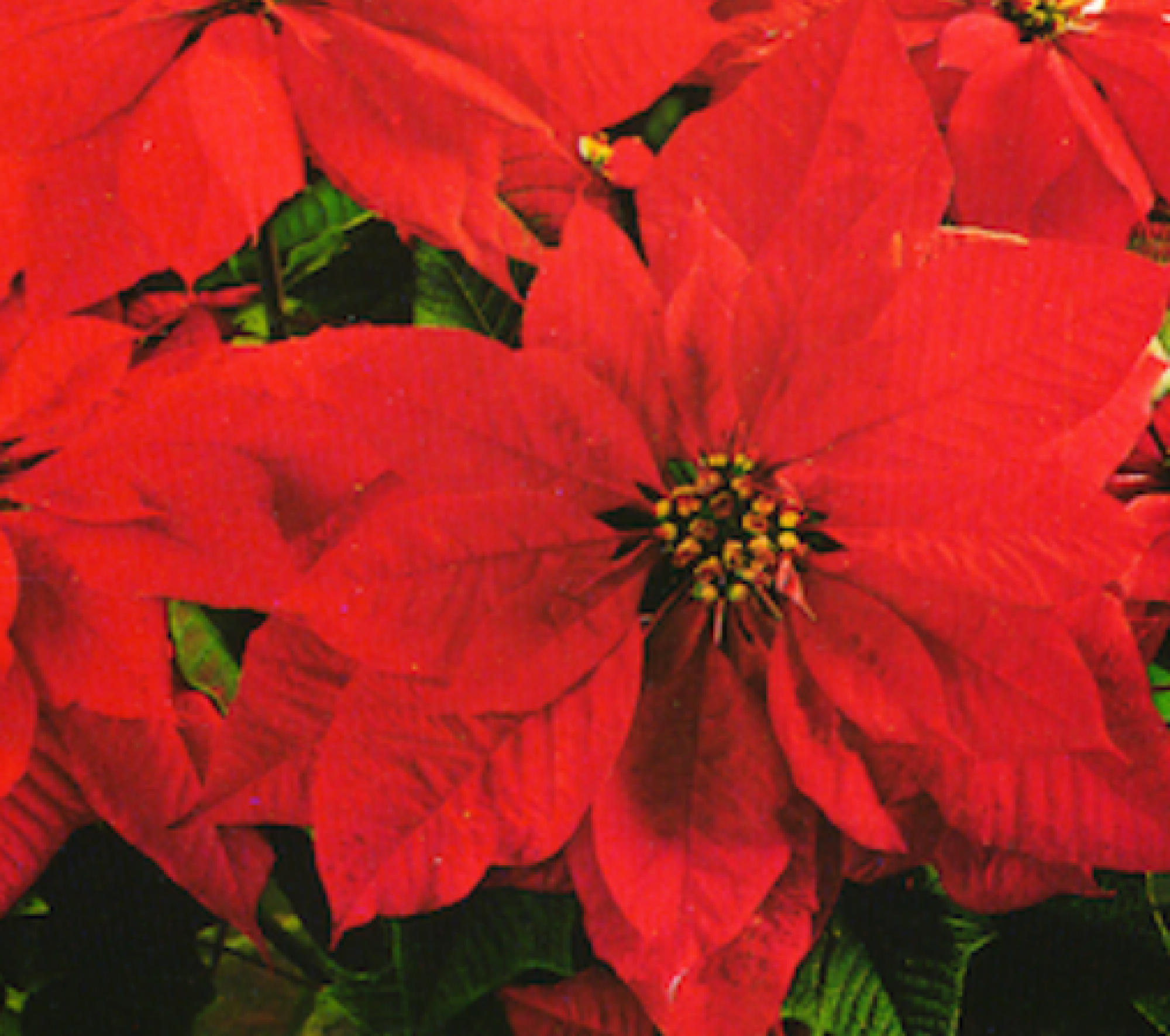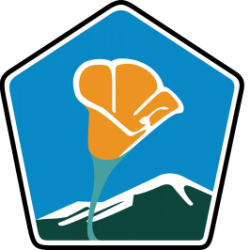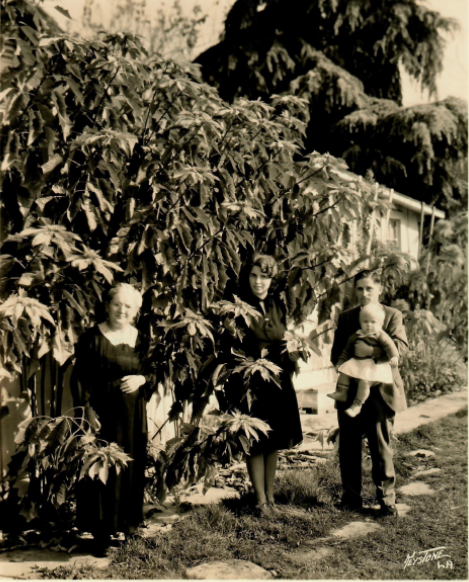Family
Paul Ecke Sr. (1895 – 1991) was born in Magdeburg, Germany in 1895 and immigrated to the United States in 1902 with his parents, Albert and Henrietta Ecke, and his three siblings, Hans, Margaret, and Frieda. Albert, a former school teacher and sanitarium owner noticed the local poinsettia flower and began growing and selling it in Los Angeles in 1909. In 1923 Alberts son, Paul Ecke Sr., purchased 40 acres of land and established the family farm and business as the Paul Ecke Ranch. He married Magdalena Maurer (1905-1981) in 1924 and they had Paul Ecke Jr. (1925 -2002), Barbara, and Ruth aka Crix. Paul Ecke Jr. was a World War II and Korean War veteran having served in the Navy. In 1949 he graduated from The Ohio State University with a degree in horticulture. In 1963 he became operations manager at Paul Ecke Ranch and moved production into a more stable environment of indoor greenhouses. He was married to Elisabeth “Jinx” Kinney and they had three children, Paul Ecke III, Lizbeth, and Sara. Paul Ecke III, born in 1955, graduated from Colorado State University with a degree in horticulture and went on to earn an M.B.A at Duke’s Fuqua School of business in 1984. He is married to Juliane Hampton and they have two children, Max and Polly. In 1991, Paul Ecke III, became CEO of the Ecke Ranch. For years, the Paul Ecke Ranch enjoyed a competitive advantage due to a secret grafting technique that facilitated poinsettias to branch and result in a fuller plant. In response to growing competition with big businesses the company expanded production offshore to Guatemala. In 2012 Paul III sold the Paul Ecke Ranch to Agribio, a Dutch agriculture business.
Poinsettia and Business
Native to Mexico, the Poinsettia plant was used to make dyes, fever medicine, and as a symbol of purity by the Aztecs beginning in the fourteenth century.[1] The poinsettia was introduced to the United States by Joel Roberts Poinsett, (1779-1851) the first U.S. Ambassador to Mexico, in the 1820s.[2] Opened in the 1920s, Paul Ecke Ranch in Encinitas, California was the largest producer of poinsettia plants until the ranch was sold in 2012. Paul Ecke Sr. saw the potential for the poinsettia as a Christmas flower since it bloomed naturally during the winter months. Paul Ecke Jr. also began heavily marketing the poinsettia as a Christmas flower and sending poinsettias to talk shows, such as “The Tonight Show Starring Johnny Carson,” for display in the background. In 1991 a graduate student published the Ecke’s grafting technique leading to global competition.[5] With this increased competition hurting business, Paul Ecke III moved operations to low-cost Guatemala. Competitive pressure continued to build and Ecke III would eventually sell the company to Agribio, a Dutch multinational, in 2012.[6] As the top producer of poinsettias in the U.S., poinsettia sales are integral to California’s economy. In 2013, poinsettias accounted for nearly one quarter of all potted plant sales in the U.S., bringing in $144 million, with California producing six million of the thirty-four million poinsettias sold.[7]
Interesting Poinsettia facts
- December 12th, the day Joel Roberts Poinsett died in 1851, is Poinsettia Day.
- Poinsettias are not poisonous; however, people with latex allergies may experience a skin reaction after touching the leaves as poinsettia sap contains latex. (see poinsettia rubber production below)
- The main attraction of the poinsettia is actually the leaves, not the flower.
- There are more than 100 varieties of the poinsettia that range in color from red to yellow to white.[5]
[1] “Paul Ecke Jr. and O.A. Matkin, ed., The Poinsettia Manual (Encinitas: Paul Ecke Poinsettias,1971) 11-12.
[2] Ibid, 12.
[3] Ibid.
[4] Ibid.
[5] “The Poinsettia Pages,” University of Illinois Extension.
[6] Dan McSwain, “Poinsettia farming dynasty provides lasting lessons,” The San Diego Union Tribune, April 27, 2013. http://www.sandiegouniontribune.com.
[7] Leonard Perry, “Fun Facts About Poinsettias,” University of Vermont, Accessed March 28. https://pss.uvm.edu/ppp/articles/points.htm.



